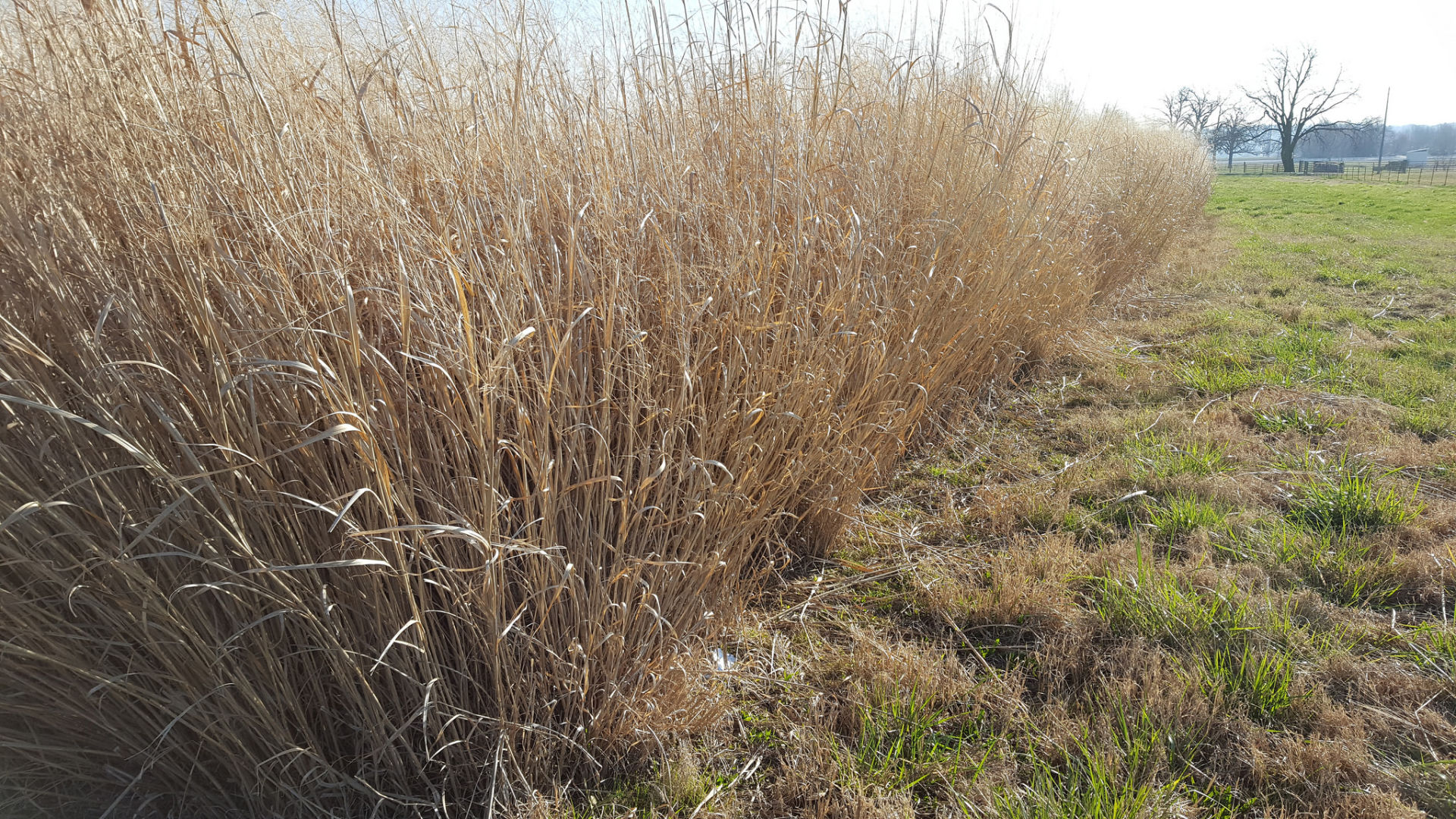The unrealized promise of a biomass industry aside, switchgrass offers many advantages for land owners thinking about adding a native grass to their pastures, said Dirk Philipp, forage researcher and associate professor of animal science for the University of Arkansas System Division of Agriculture.
Switchgrass is adapted to a wide range of environmental conditions, Philipp said. Once established, it persists very well and out-competes other grasses and broadleaf plants.
“Switchgrass is considered the ‘super native warm-season grass’ based on its morphology, vigorous growth, high biomass yield and frugality with soil nutrients,” Philipp said.
It tolerates wet areas, Philipp said, and it doesn’t take up a lot of nitrogen. That means nitrogen fertilizer rates can be kept low.
Philipp said switchgrass can be used in a wide range of settings. It can supplement grazing during late spring and early summer. It is well suited for planting along property lines and in marginal areas of the farm where other forages are difficult to establish. It’s also a good choice for use along intermittent streams.
Switchgrass also has several environmental advantages, Philipp said.
It creates an understory that is open enough to permit travel by wildlife, including birds and mammals, Philipp said. Crown development in plantings over the years leave those travel corridors open permanently.
Philipp said it also makes nice nesting areas for ground-nesting birds.
Landowners who consider adding switchgrass to their properties should check with their county Extension Office before beginning.
“This is a good idea for several reasons,” Philipp said.
The Cooperative Extension Service can help develop a plan for where and when switchgrass should be planted, Philipp said. He added that it’s important to make sure it fits longterm farm business plans and to investigate cost-sharing and other external funding and support sources.
“Landowners should understand that switchgrass establishment is a longterm commitment and that it’s time-intensive,” Philipp said.
Soil must be prepared 12 months in advance to ensure thorough weed control, Philipp said. And final establishment will take two years.
“But once established,” Philipp said, “switchgrass plantings will serve their purpose for decades to come.”


